Falling In and Out of Love with Errol Flynn's Robin Hood
When I was a kid, I saw a wonderful, exciting, colourful Robin Hood movie. I raved about it for ages. I made bows out of the branches in the backyard. I quoted lines from it with that repetitive insanity children have. Now, I'm not entirely sure about this film. My hazy distant memories don't exactly match any film. But I'm pretty sure it was the classic Errol Flynn version. (My faulty memory had conflated Robin and Will's rescue of Much with the banquet scene.)
Unfortunately, I got older. I had researched the history behind the legends. And in my late teens, I fell in love with the British television series, Robin of Sherwood. I rented a copy of The Adventures of Robin Hood. And I hated it! Good King Richard? What rubbish! Bright colours, swashbuckling? It wasn't REAL. It wasn't like Robin of Sherwood. I thought I knew everything. And the Errol Flynn film seemed like kids stuff to me. And with that angsty, humourless earnestness of a teenager, I wanted to dismiss many childish things and prove I deserved a spot at the grown-up table.
Then, I got older again. I read Rudy Behlmer's book on the movie. I found that the writers of The Adventures of Robin Hood had researched the history of the legend. They knew what they were doing. They weren't ignorant. They were making deliberate artistic choices. That gave me a little more respect for the movie. Finally I saw it again, and realized something important.
This movie is FUN! It's charming, delightful with charismatic actors and the larger than life stories of the ballads. It was classic, technicolor fun. And I had dismissed it just because it wasn't like a certain TV series (which wasn't completely historical or realistic itself, as if such things truly matter). This movie captures the soul of the legend. I learned a lesson in teenage arrogance. One of the joys of truly being an adult -- as opposed to wanting to be one -- is the ability to embrace one's child-like side.
Since then, I've seen the movie many times, and own it on VHS, DVD, iTunes. For my 28th birthday, my mom gave me a poster from the movie which still proudly hangs on my wall. And a few weeks before that gift, in the spring of 1998, I had the chance to see The Adventures of Robin Hood on the big screen. It was wonderful. The audience loved it too, and we cheered at the end.
I've had the privilege of watching it on the big screen many times now, and I always try to catch it when it's on Turner Classic Movies. Every single time I watch it I fall in love with a new aspect of the film. One time I'll focus on Michael Curtiz's use of shadows. Another time I'll be entranced by the colourful costumes. And then there are the performances and dialogue. It never gets old.
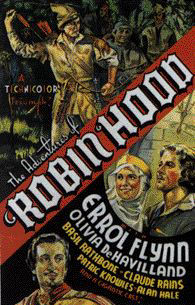
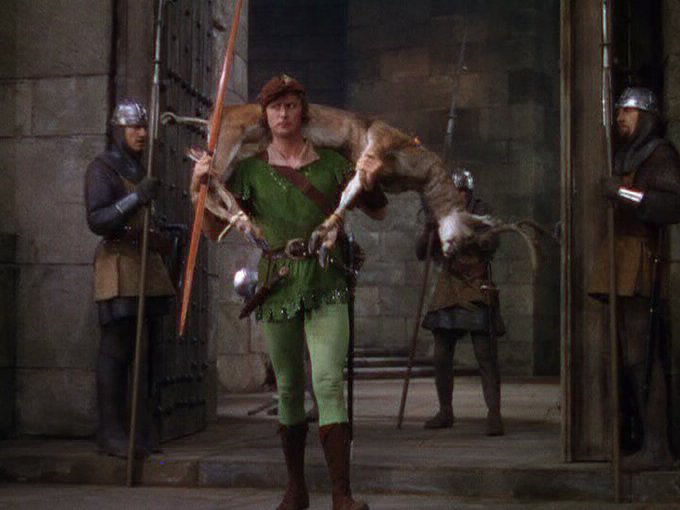
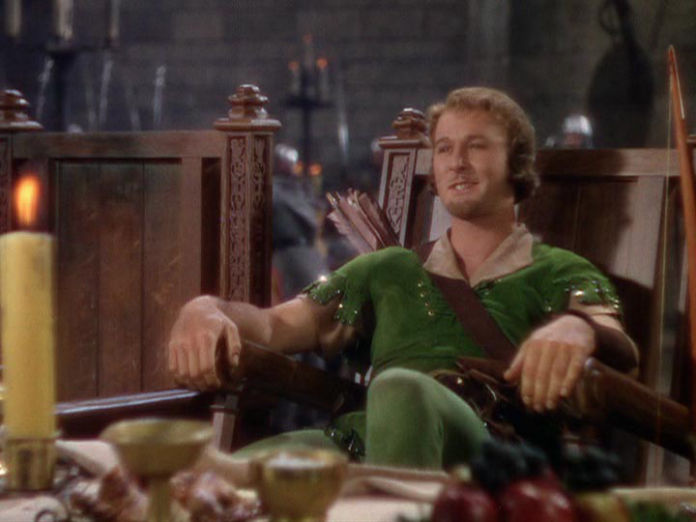
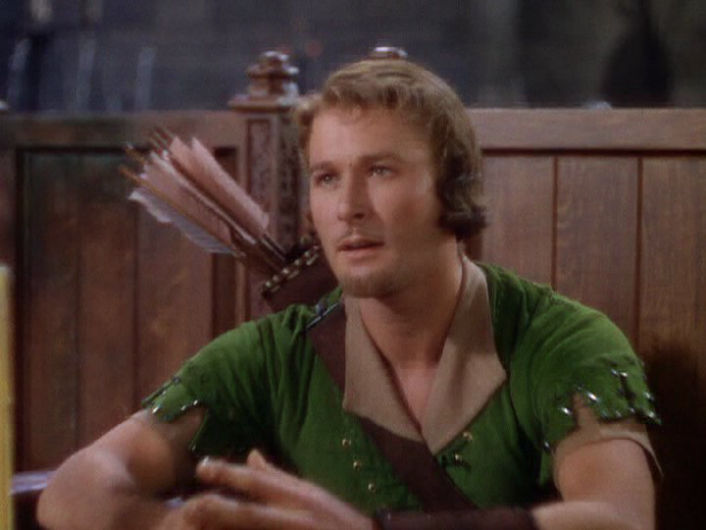
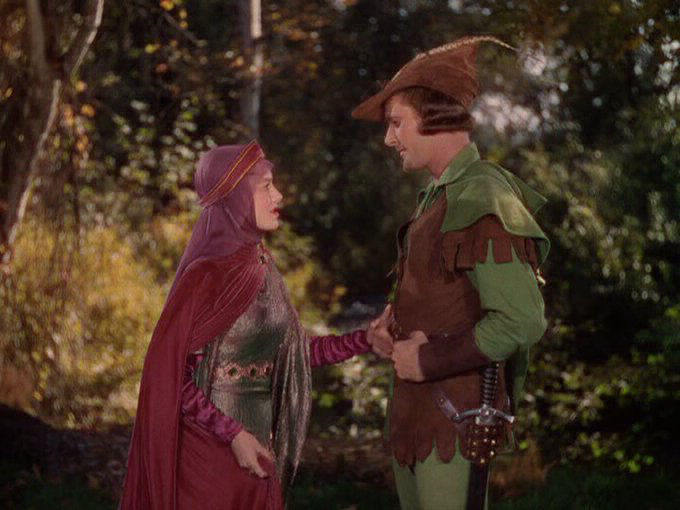
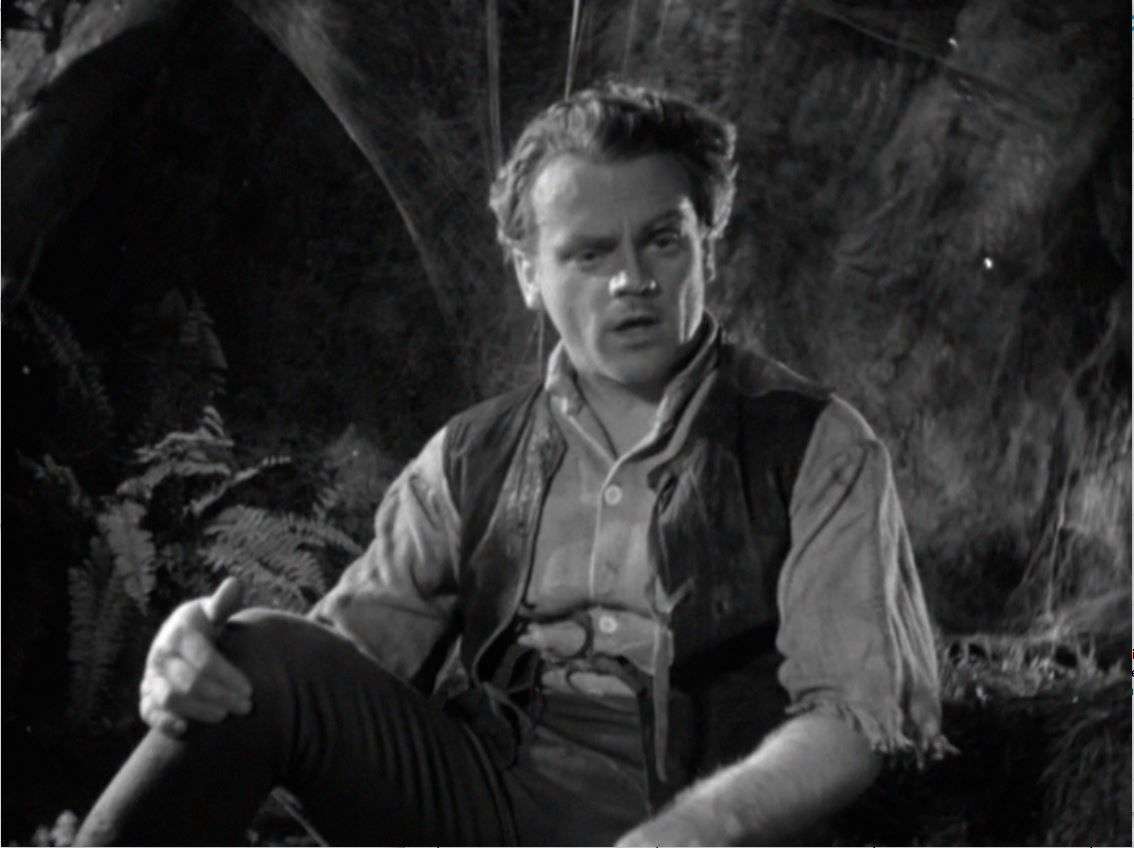
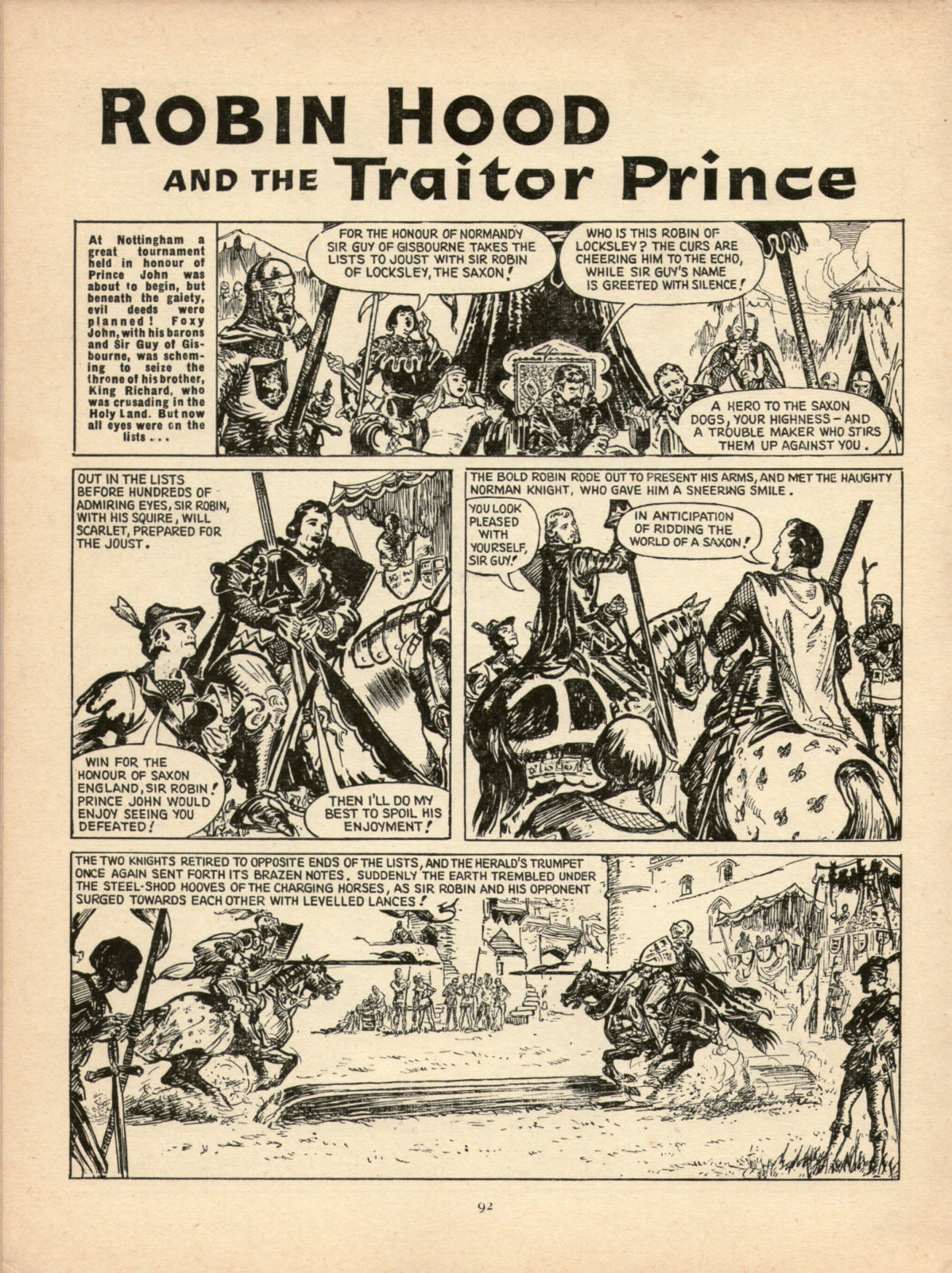
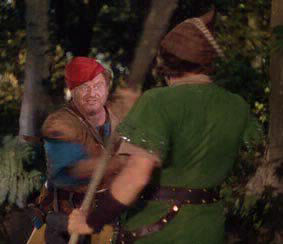
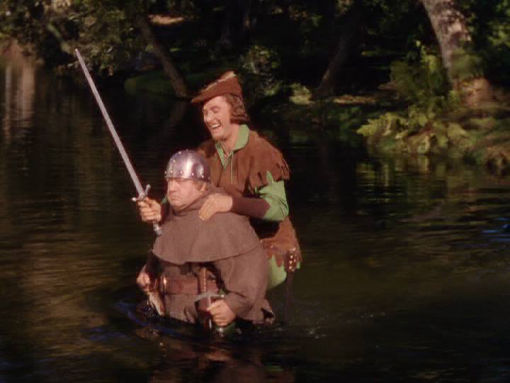
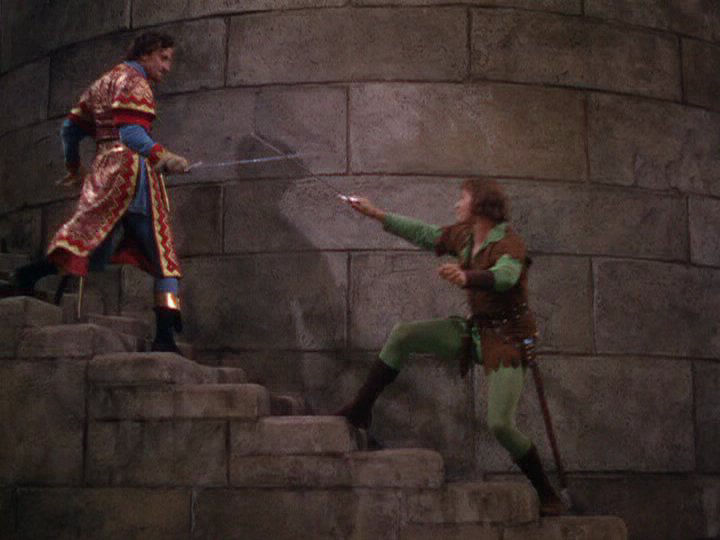
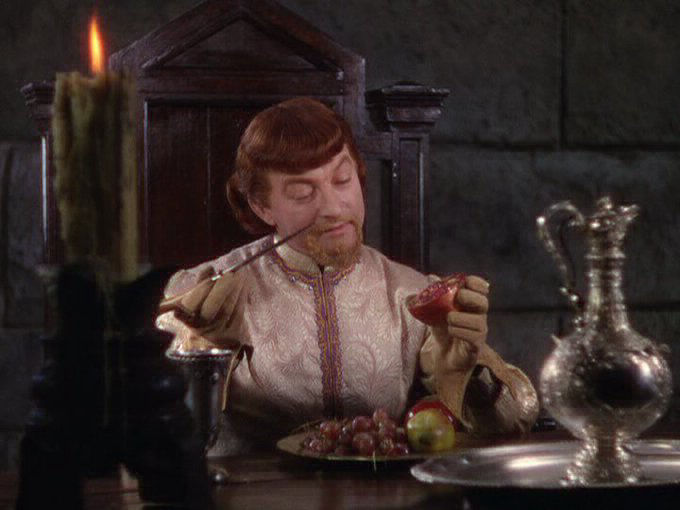
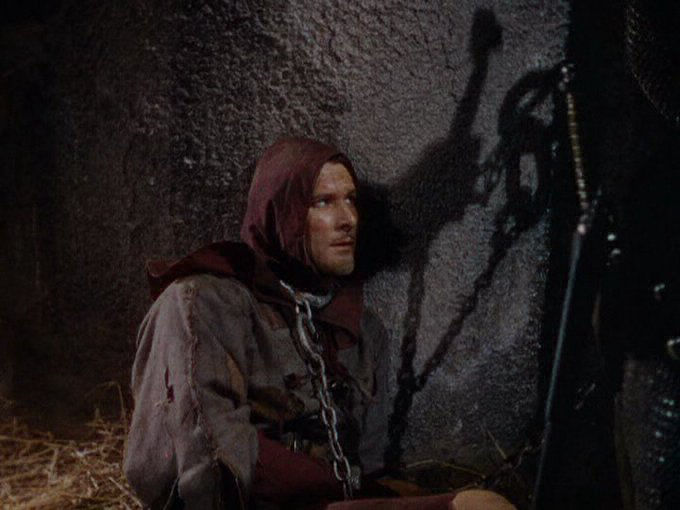
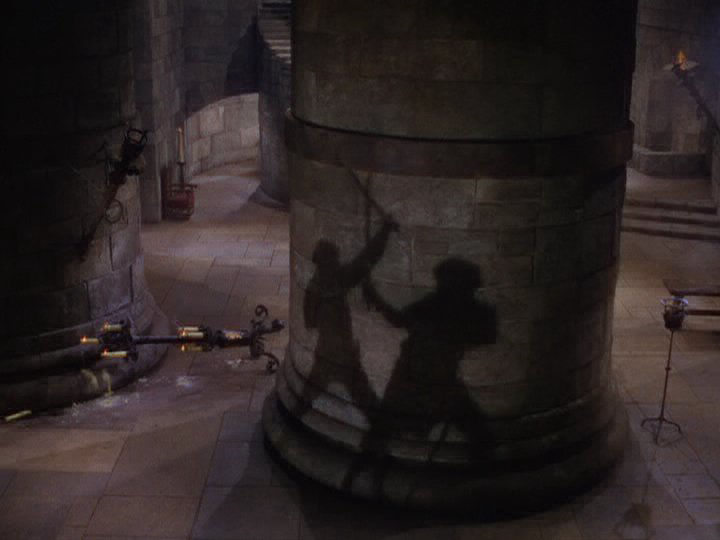
Contact Us